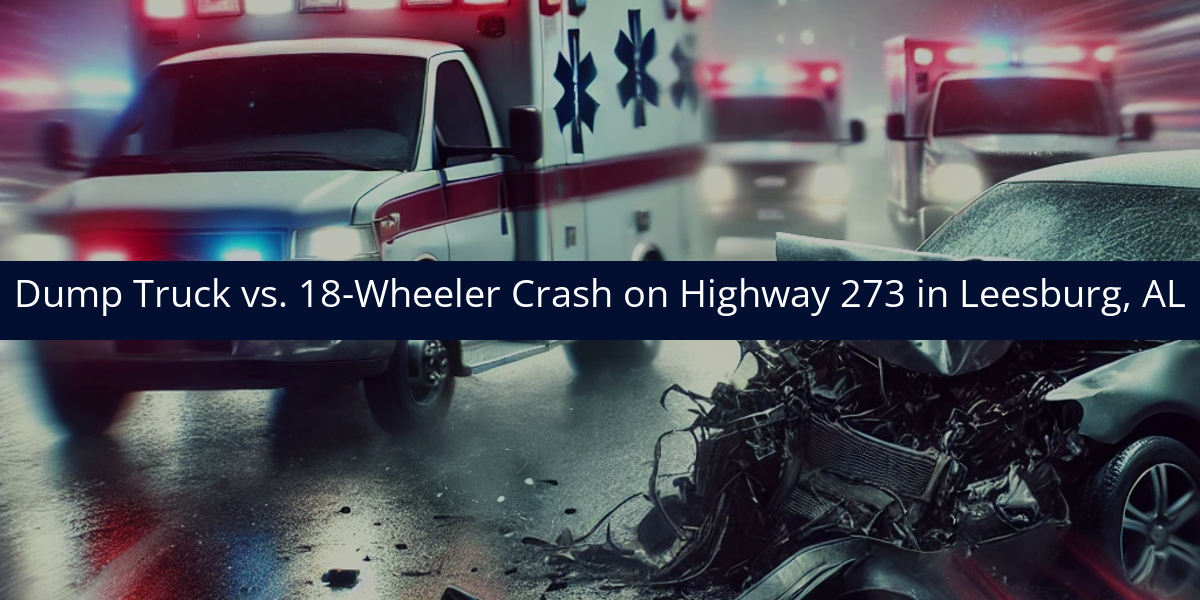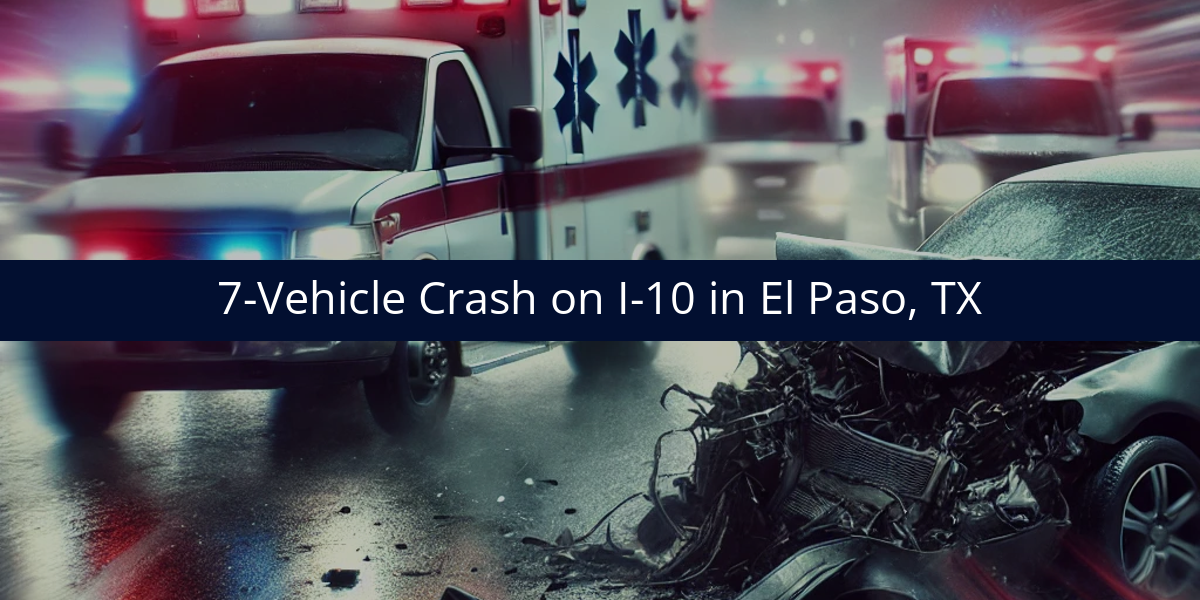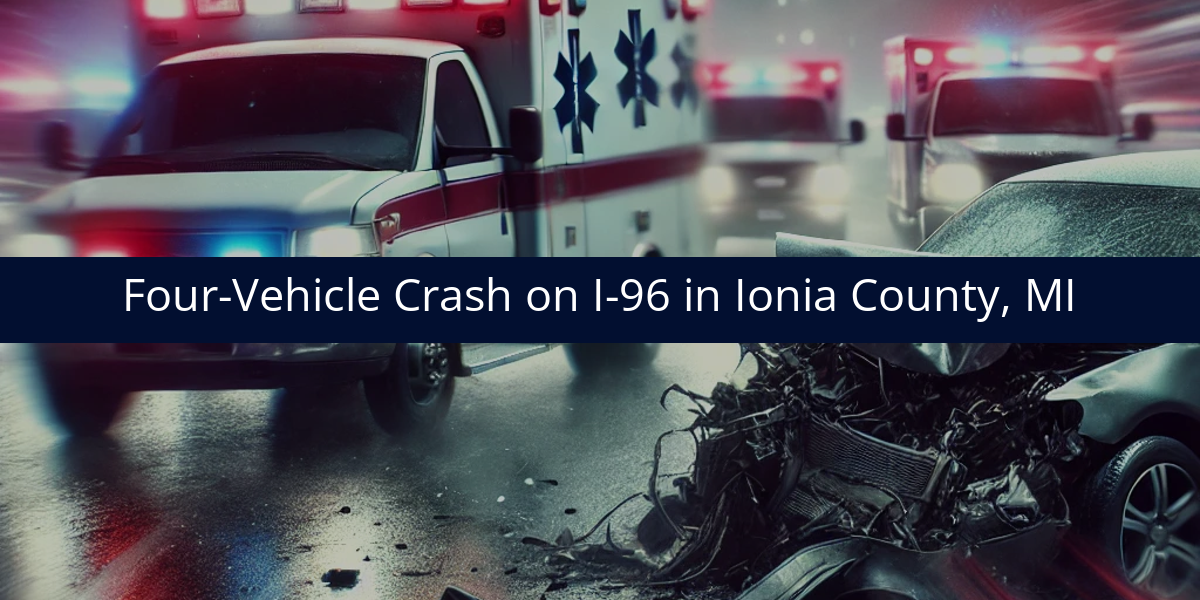A 14-year-old from Live Oak was struck and killed by a dump truck Monday morning along Irvin Avenue Northwest. The Florida Highway Patrol reports that the crash occurred around 10:25 a.m. as the teenager was walking southbound on the west shoulder of SR 51. Authorities say the teen reportedly entered the roadway and was hit by the right front side of the southbound dump truck. She was taken to a hospital where she later died. The investigation remains ongoing.
In situations like this, it’s important to examine the full context of the crash to determine what happened and why.
What Was the Positioning of the Truck Before the Crash?
Whenever a crash results in a pedestrian’s death, especially one involving a large commercial vehicle like a dump truck, it’s essential that every detail be carefully reviewed. These vehicles operate with large blind spots, long stopping distances, and limited maneuverability. Investigators will need to assess whether the truck was being operated at a safe speed, whether the driver had enough time to react, and whether the vehicle’s path or condition could have contributed to the incident.
What Evidence Should Be Reviewed?
To get a clear picture of what happened, investigators should examine any available surveillance or dash camera footage, measure skid marks or lack thereof, and review GPS or telematics data from the dump truck. Interviewing witnesses and gathering any physical evidence from the scene, like the location of personal items or the pedestrian’s path of travel, can also be crucial. In some cases, reviewing the vehicle’s Engine Control Module (ECM) may reveal how fast the truck was moving and whether the driver attempted to brake before the collision.
The Role of Thorough Investigation in Understanding What Happened
When a child loses their life in a crash involving a commercial vehicle, a complete and detailed investigation is the only way to understand the sequence of events. While initial reports may suggest certain conclusions, it takes physical evidence, witness accounts, and a review of the vehicle’s data to answer critical questions. A full understanding of what occurred helps provide clear answers to those impacted by the incident.











